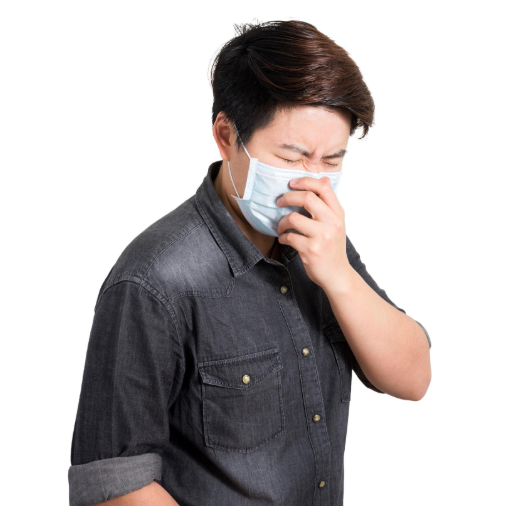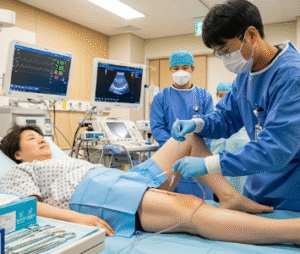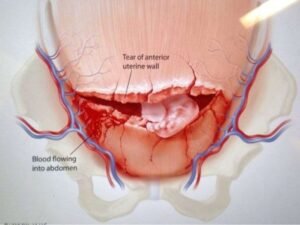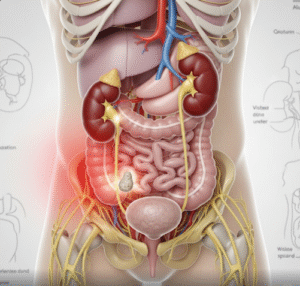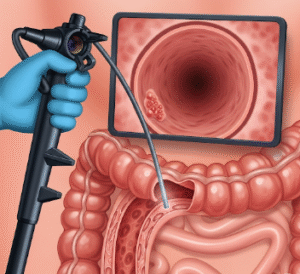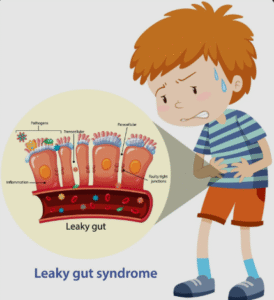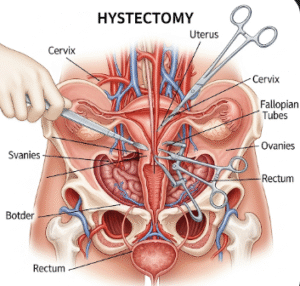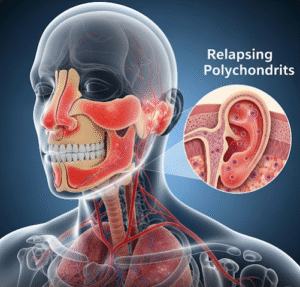Overview
Whooping cough, also known as pertussis, is a highly contagious respiratory infection caused by the bacterium Bordetella pertussis. It is characterized by severe coughing fits followed by a distinctive “whoop” sound during inhalation. While vaccination has significantly reduced cases, outbreaks still occur. South Korea provides advanced vaccination programs, diagnostics, and treatment options for whooping cough.
What is Cough (Whooping)?
Whooping cough is an infectious disease affecting the respiratory tract. It begins with cold-like symptoms and progresses to severe coughing episodes. The “whoop” sound is more common in children, while adults may experience prolonged coughing without the classic whoop. Left untreated, it can lead to serious complications, especially in infants and immunocompromised individuals.
Symptoms
- Early stage (Catarrhal phase, 1–2 weeks):
- Runny nose
- Sneezing
- Mild cough
- Low-grade fever
- Later stage (Paroxysmal phase, 1–6 weeks):
- Severe coughing fits
- “Whooping” sound on inhalation
- Vomiting after coughing
- Exhaustion and fatigue
- Convalescent phase (2–3 weeks):
- Gradual reduction in coughing
- Lingering mild cough
Causes
- Infection by Bordetella pertussis bacteria
- Spread through respiratory droplets from coughing or sneezing
- Close contact with infected individuals
Risk Factors
- Infants and young children, especially unvaccinated
- Adults with waning immunity
- Pregnant women without booster vaccination
- People in close-contact environments (schools, daycare, crowded places)
- Immunocompromised individuals
Complications
- Pneumonia
- Seizures due to severe coughing
- Brain damage (rare, usually from hypoxia)
- Weight loss and dehydration in infants
- Rib fractures from prolonged coughing
Prevention
- Routine vaccination with DTaP (diphtheria, tetanus, pertussis) for children
- Tdap booster for adolescents and adults
- Vaccination during pregnancy to protect newborns
- Avoiding contact with infected individuals
- Good hand hygiene and respiratory etiquette
Treatment Options in Korea
South Korea offers comprehensive care for whooping cough through hospitals, pediatric clinics, and infectious disease centers.
- Diagnosis
- Nasopharyngeal swab for PCR testing
- Blood tests for antibodies
- Clinical assessment based on symptoms
- Medications
- Antibiotics (e.g., azithromycin, erythromycin) to eradicate bacteria
- Supportive treatments for fever and hydration
- Oxygen therapy in severe cases
- Supportive Care
- Rest and hydration
- Nutritional support for children with vomiting
- Monitoring for complications, especially in infants
- Vaccination Programs
- South Korea provides national immunization programs for DTaP/Tdap
- Special campaigns for outbreak prevention
- Hospital Care (if needed)
- Severe cases, especially in infants, may require hospitalization
- Respiratory support in cases of pneumonia or hypoxia
- Continuous monitoring in pediatric intensive care units (PICU)

